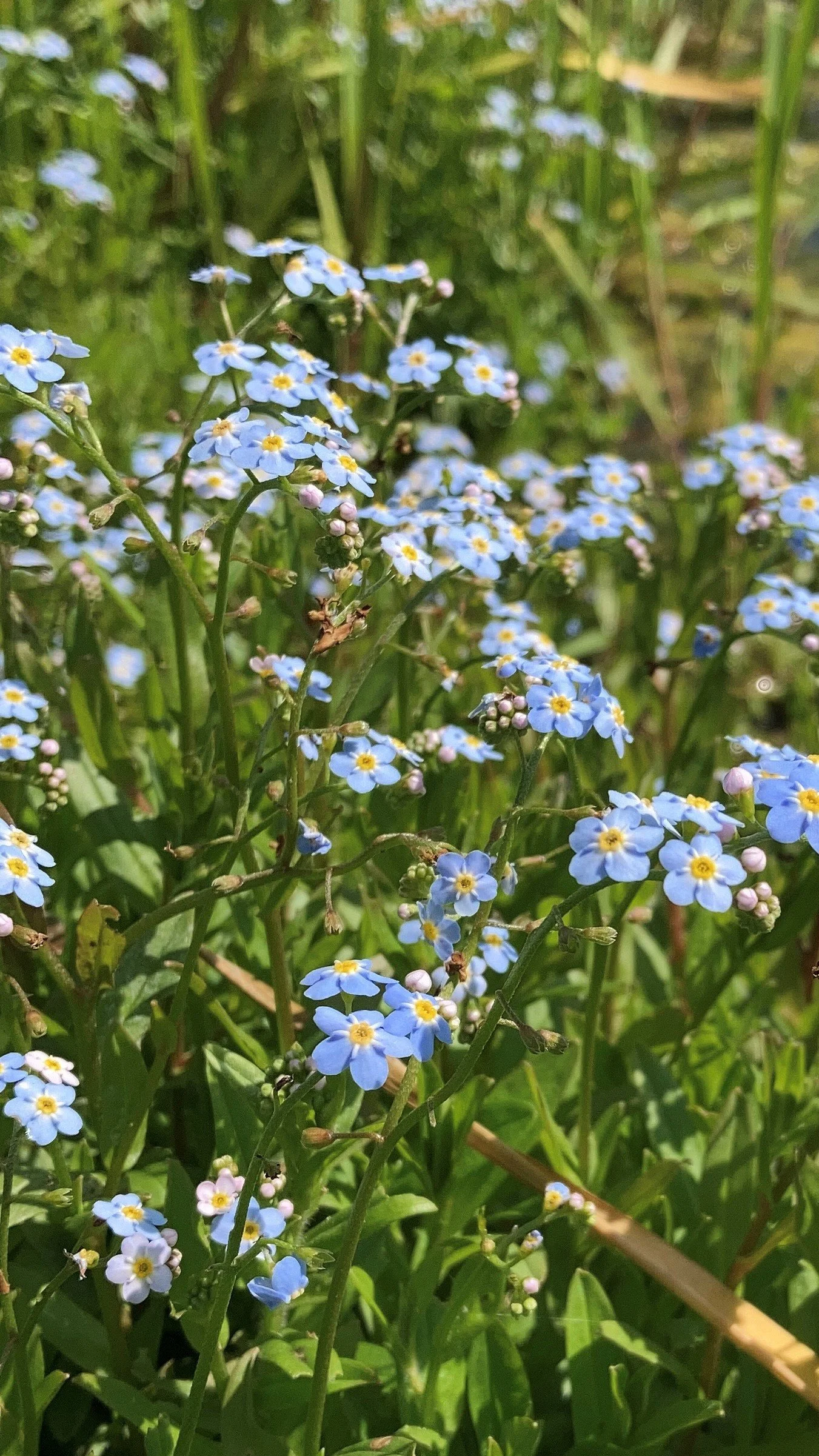
Wildflowers: Top ten families identification, 2024
By Alice Mellon
Background photograph © Alice Mellon
I used the BRISC bursary to attend a Field Studies Council day course called Wildflowers: Top Ten Families Identification. This is a beginner friendly course which provided an introduction to British wildflower families, covering a mixture of the more common and some unusual species, with an opportunity to practice identification in the field. The FSC offer this course at a number of locations across the UK and the one I attended was run at The Falkland Estate in Fife.
We spent the morning indoors doing some classroom based activities, learning about the top ten British wildflower families (buttercup, campion, cabbage, rose, pea, carrot, daisy, dead-nettle, plantain and orchid). We discussed how they are categorised, their key features and practiced identifying some common representative species. I don't have a biology background and one of the things I found particularly useful about the course was learning how to properly describe the structure of flowers and understand the terms used in a botanical key.
© Alice Mellon
The afternoon was spent outdoors exploring the estate, looking for examples from each of the ten families we were studying and practicing our identification skills. We had the opportunity to try a variety of different guides but the one recommended by the course tutor was The Wild Flower Key. This was my first time using a proper botanical key and it was fantastic to have the opportunity to practice using it with a group and an experienced tutor. If I had looked at The Wild Flower Key before this course I think I would have found it quite intimidating and would have been more comfortable relying on a picture focused guide. However, after the course I purchased my own copy and have been enjoying learning how to key out an identification properly. I still have a lot of knowledge and experience to gain but this has been such a constructive and enjoyable way to improve the accuracy of my identifications, knowledge of different wildflower families and botanical literacy.
Thank you so much to BRISC for your support which allowed me to attend the course!


